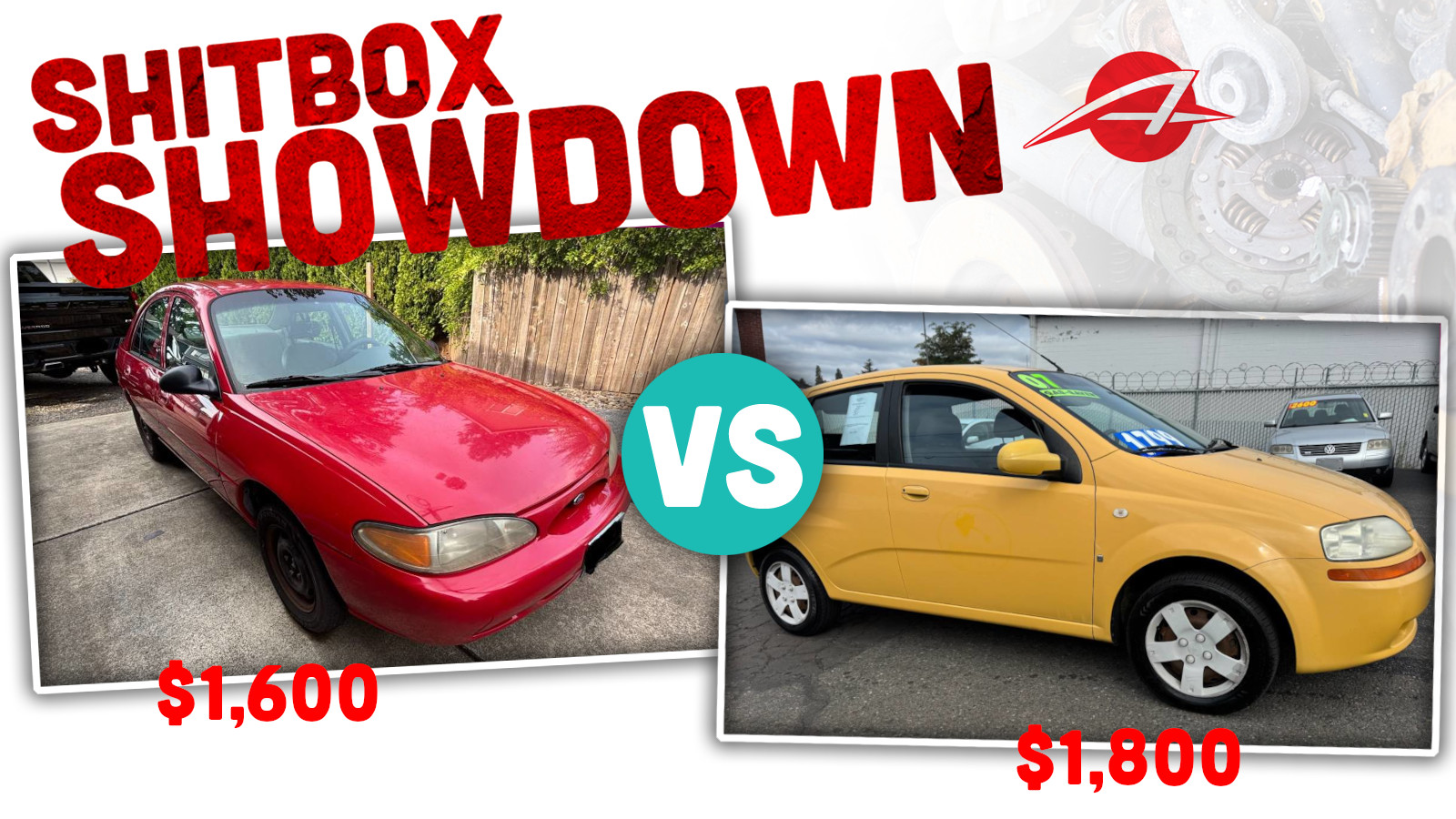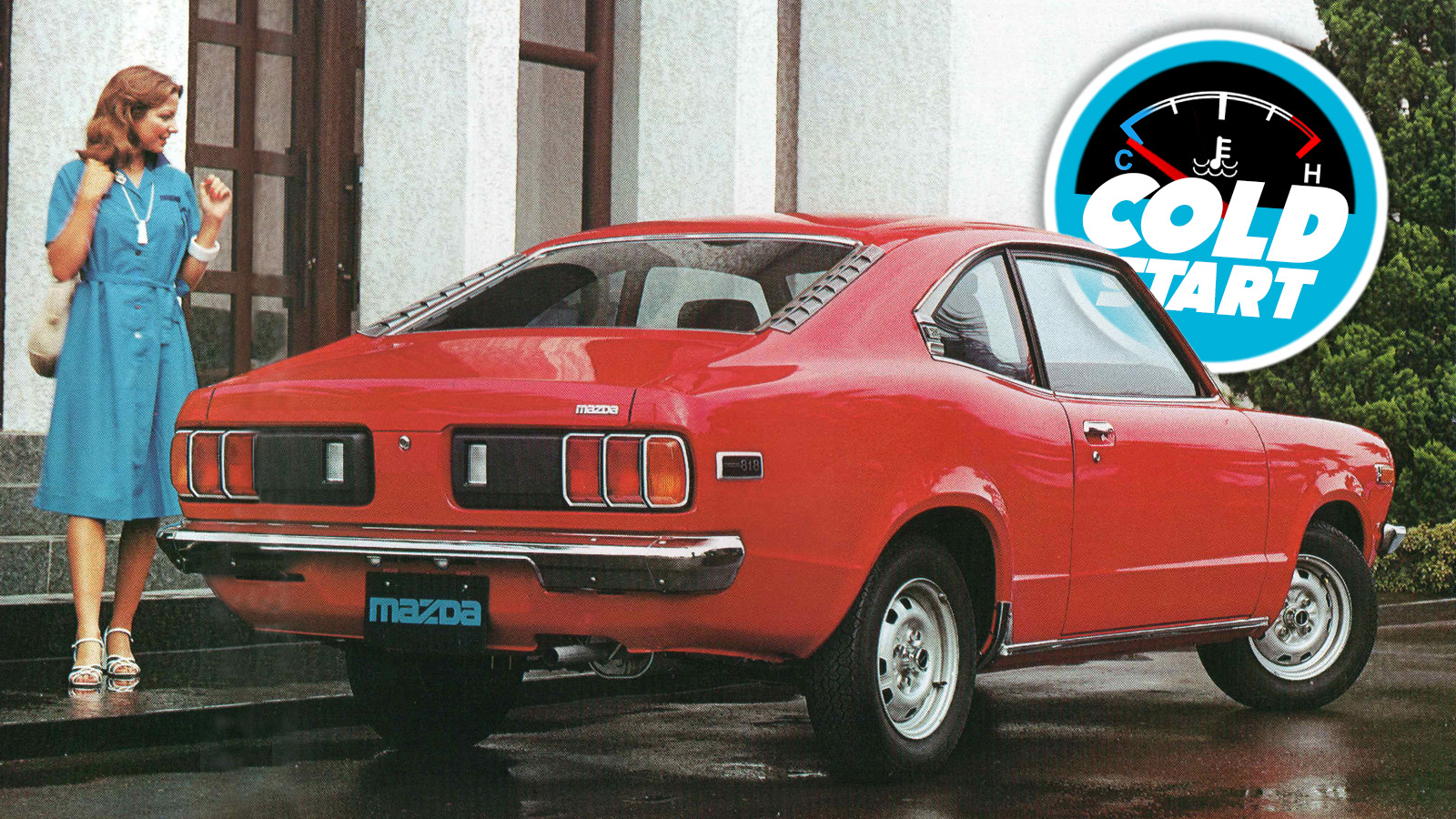These days, there are a whole host of cheap cars on sale. And yet, even with budget options aplenty, it seems that car-owning Americans might increasingly be feeling the pinch amidst ongoing cost-of-living struggles. As covered by Bloomberg, an increasing number of people are missing their car payments.
It’s fair to say that America is undergoing some interesting economic times right now. Inflation has continued to take its toll on household budgets at the same time that higher interest rates have made loans more difficult to service. Add all that together, and it makes a perfect storm for borrowers that may have already been stretching to make their payments.
Collected by credit analysis firm Fitch ratings, the data is stark. The number of car owners missing their payments is now at its highest level in over 30 years. According to the agency, 6.56% of subprime auto borrowers are 60 days behind on their payments or more, which is the greatest level since the company’s records began in 1994. Meanwhile, according to the Federal Reserve Bank of New York, those 90 days or later on their payments hit 3% last quarter—a level not reached since 2010.
From Bloomberg
Car owners are missing their monthly payments at the highest rate in more than 30 years.
January share of subprime auto borrowers at least 60 days past due on their loans rose to 6.56%, the most since the data collection began in 1994–according to Fitch Ratings pic.twitter.com/MkBZ2ytvlb— Vic Turbendian (@Vic_Turbendian) March 7, 2025
Speaking to Bloomberg, Fitch’s senior director for asset-backed securities, Mike Girard notes that it’s a particularly fraught time of year. “The lower income level has been really affected, and we expect that to continue to be the case this year,” Girard explains, putting the blame on higher inflation and high interest rates. He notes that the post-holiday period is often tough on households, with the following months offering some relief as tax refunds come through.
While payment extensions may get some out of trouble in the short term, it can add significant pain in the long run. As explained on Twitter by Car Dealership Guy, even a short extension of a few months can increase the total sum required to pay off the loan by thousands of dollars.
Extending auto loan payments adds up fast:
After a 3-month extension— the total interest on a $25K loan at 15% APR for 72 months jumps an extra $1,550.
A 6-month extension? Tack on about $3,100—instead.
Bottom line?
Payment extensions might offer short-term relief—but they… pic.twitter.com/9z73vxA8U4
— Car Dealership Guy (@GuyDealership) February 13, 2025
Beyond long term issues, the American economy has seen a lot of excitement in the last two months—and that’s not usually a good thing. Tariffs have been threatened, rescinded, then reinstated once again, while a tumultuous political environment has seen jobs slashed across the public sector and mass changes across a raft of government programs.
Economists will tell you uncertainty is bad for business, and it seems that’s very much the case right now—particularly in the auto industry. Indeed, it’s perhaps no surprise that dealers are bracing for the struggle ahead. As noted in the Haig Partners Auto Retail Profit Outlook survey taken in February, 42% of dealers expect to do worse than 2024. Contrast that to the January survey, where just 16% of dealers expected to do worse than last year. Amidst all the drama, confidence is down.
The vibe shift in auto retail over the past month has been wild.
Ask a dealer in January about 2025 profitability?
They’d tell you they were feeling good — maybe even confident.
Ask them again in February?
Whole different story.
Reality is starting to set in: 2025 might be a… pic.twitter.com/q0uv6tqa6e
— Car Dealership Guy (@GuyDealership) March 6, 2025
It’s anyone’s guess as to what happens next. While the Big Three automakers have scored a tariff exemption for now, the political environment suggests that more could land at just about any moment. Such measures would tend to drive car prices up. At the same time, if increased inflation and interest rates shrink buying power, the cratering of demand would see average sale prices drop in turn.
Whatever is coming down the line, it’s clear that the situation is a tenuous one for the auto industry right now. The numbers already suggest a lot of people don’t have the money to spend on vehicles that they might have had last year. It’s likely to be tough going for some time yet until calmer economic winds prevail. Ask any money meteorologist you like, though—few are predicting smooth sailing in the immediate future.
Image credits: Topshot via Graham Robson CC BY-SA 2.0,








You couldn’t have picked a worse time to go throwing around the threat of tariffs. People are hurting from inflation, struggling to put food on the table, and losing their jobs left right and center.
Also, I will never really understand taking out a loan on a depreciating asset. You’d be better off saving up to buy a 5-10 year old, reliable vehicle (by that age you should know,) and then running it into the ground.